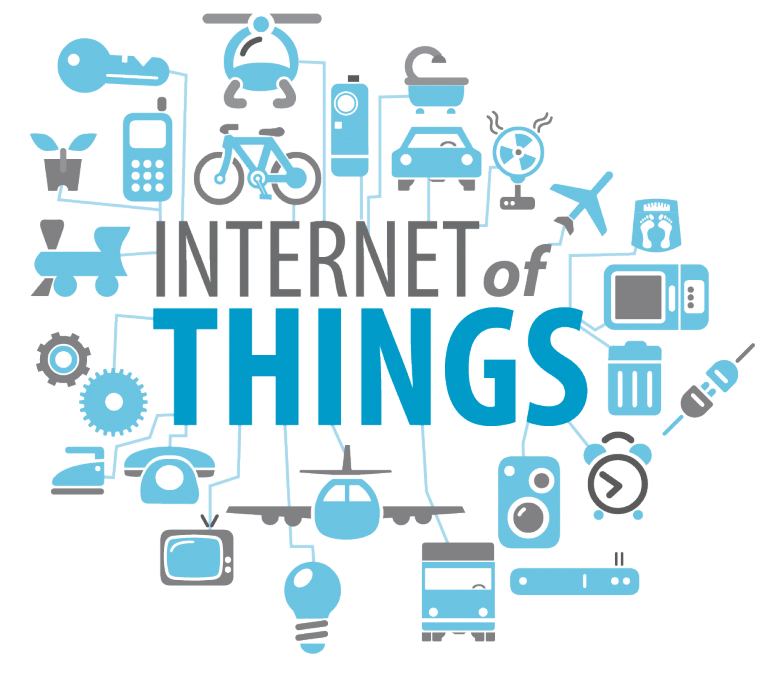What Is IoT Anyway. And Why Should I Care?
Since we first opened for business in 2004, one of our primary focuses has been to provide the best GPS tracking services possible, and over the years we’ve tracked the location of a bunch of vehicles and a lot of other stuff. Cars, trucks, bikes, bulldozers, high atmosphere balloons (that was fun), buses, we’ve put GPS trackers on pretty much anything that moves, providing businesses with the information that they need to reduce cost and improve productivity for their field operations.
And while almost everyone knows about GPS trackers, the technology that made those devices possible has continued to develop, opening the door for a new generation of devices and applications. We are now seeing opportunities to monitor much more than the location of a vehicle or asset. And for the business owner, there is a growing list of cost-saving opportunities that will come into play.
All of the realities and possibilities for this new generation of gadgetry have been bundled by the media into a single concept called the “Internet of Things” or IoT for short. It’s a good term for describing the sector, and business owners should spend some time understanding what the term means, and how the technology might help their business.

What is a “Thing”?
As the “Internet of Thing” term implies, a Thing is a device that has the ability to connect to the internet. Things will have the ability to sense and/or modify their environment, and it is that ability to interact that makes them an absolute game-changer in how we as humans relate to our world. One of the most common examples of a Thing is our Smartphone, although to be fair our phones are much, much more capable than the vast majority of other Things out there. Still, they certainly qualify and provide us all with a touch-point for understanding these new gadgets. Let’s take a look at a few Thing examples.
Sensors
Take the example of the humble parking meter. For decades this device was nothing more than a timer that ran on quarters. Drop in a coin, turn the dial, and presto! Fifteen minutes of parking was yours. But now, with smart parking meters, you just download an app and pay for the parking with your Smartphone. But the real power of these new meters is that each one of them can now tell the central parking authority whether or not the space it monitors is in use, and that information can be feedback to the onboard display of the driver who is looking for an available space in the area. If you’ve ever lost 30 minutes looking for a parking spot in an urban jungle, you know how valuable this is.
Actuators
While sensors have the ability to tell you what is going on in an environment, Actuators have the ability to change what’s happening in the world around us. Simple Actuators can handle small tasks like opening a door or turning on a switch remotely, while more sophisticated ones can make small adjustments to level settings such as the temperature of your heater or air conditioner, a water flow rate, or a fan speed.
The home networking company Nest is putting together an impressive list of both sensors and actuators that work together to automate many tasks in the home and gives us all a glimpse into what lies ahead as these systems become better at working together.
Why Should I Care?
We see a very interesting intersection coming between two emerging technologies: the internet of things and artificial intelligence. As AI improves our ability to absorb all the data being created by the Things, decision-makers will be able to better understand the actions and behaviors of clients and staff, leading to even more targeted efforts to improve all sorts of business activities from marketing to operations.
If you are interested wondering about an IoT application for your organization, please book a free consultation with me and I’ll be happy to see if we can help you decide whether it’s worth the investment.

